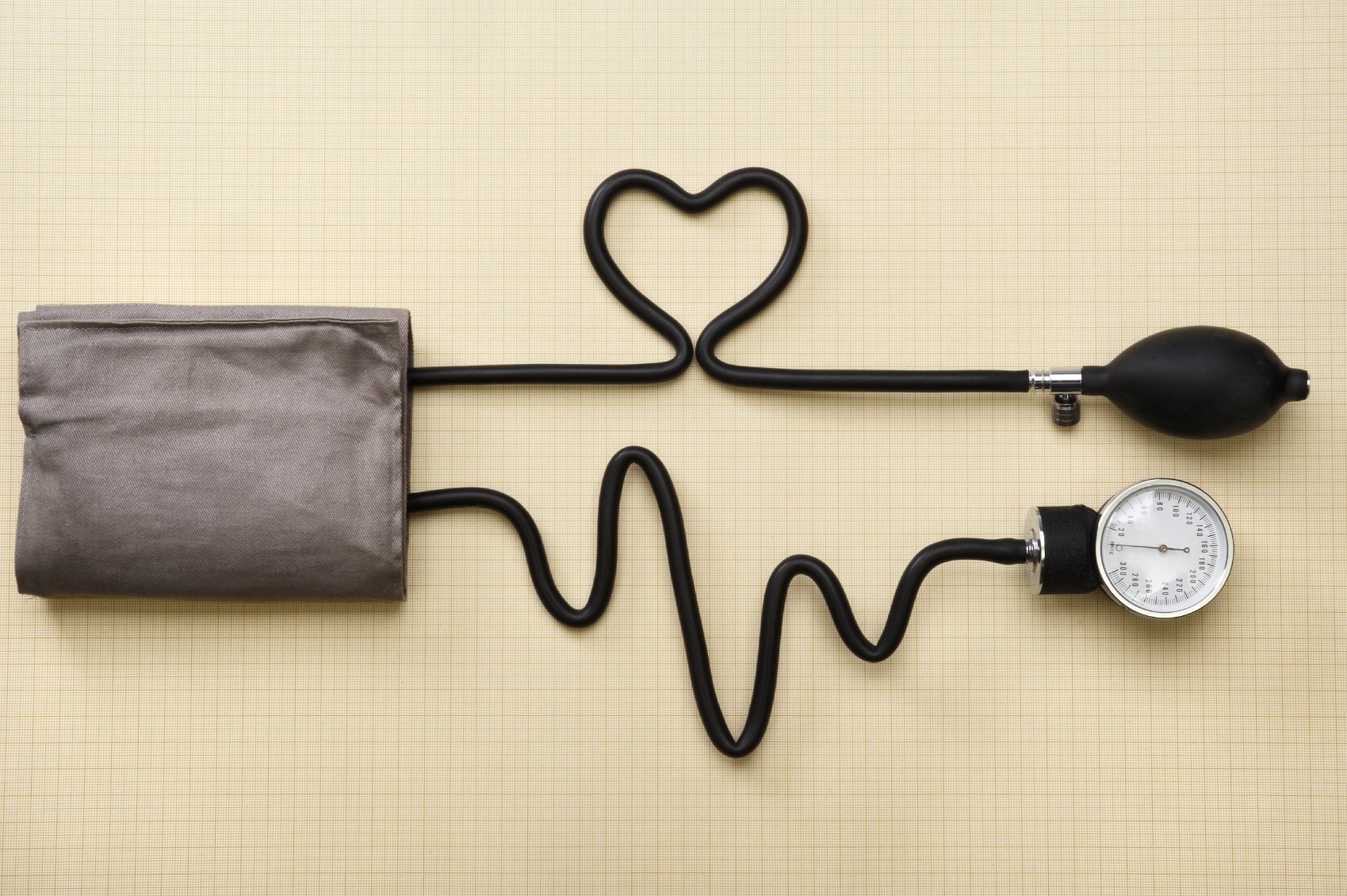
High blood pressure also known as hypertension, is the most common cardiovascular disease. Blood pressure is the force of blood pushing against artery walls as it goes through the body. Like the air in a tire or water in a hose, blood fills arteries to a point. Just as too much air pressure can damage a tire, high blood pressure can hurt arteries and lead to life-threatening conditions like stroke.
Normal Blood Pressure
A blood pressure reading is written like this: 120/80. It's read as "120 over 80." The top number is called the systolic, and the bottom number is called the diastolic. The ranges are:
-
Normal: Less than 120 over 80 (120/80)
-
Elevated: 120-129/less than 80
-
Stage 1 high blood pressure: 130-139/80-89
-
Stage 2 high blood pressure: 140 and above/90 and above
Hypertension crisis
higher than 180/higher than 120 -- See a doctor right away
Normal blood pressure goes up from about 64/40 at birth to about 120/80 in a healthy adult. If someone were to take someone’s blood pressure right after given a speech or jogged 5 miles, it'd probably be slightly high. This isn't necessarily caused for alarm: It's natural for blood pressure to rise and fall with changes in activity or emotional state.
It's also normal for blood pressure to vary from person to person, even from one area of the body to another. But if the blood pressure stays high, it should be told to the doctor for treatment.
Left untreated, hypertension can lead to serious problems, such as
-
Vision problems
-
Heart attack
-
stroke
-
Kidney failure
-
Heart failure
What Causes High Blood Pressure
The exact causes of high blood pressure are not known, but several things may play a role, including
-
Smoking
-
Being overweight or obese
-
Lack of physical activity
-
eat too many fatty foods or foods with too much salt
-
Too much alcohol consumption (more than 1 to 2 drinks per day)
-
Pregnant women
-
Stress
-
People over the age of 35
-
Genetics
-
Family history of high blood pressure
-
Chronic kidney disease
-
Adrenal and thyroid disorders
-
Sleep apnea
Symptoms of High Blood Pressure
If your blood pressure is extremely high, there may be certain symptoms to look out for, including:
-
Severe headaches
-
Nosebleed
-
Fatigue or confusion
-
Vision problems
-
Chest pain
-
Difficulty breathing
-
Irregular heartbeat
-
Blood in the urine
-
Pounding in your chest, neck, or ears
People sometimes feel that other symptoms may be related to high blood pressure, but they may not be
-
· Dizziness
-
· Nervousness
-
· Sweating
-
· Trouble sleeping
-
· Facial flushing
-
· Blood spots in eyes
Drugs to Treat High Blood Pressure
-
Angiotensin-converting enzyme (ACE) inhibitors
-
Angiotensin II receptor blockers (ARBs)
-
Diuretics
-
Beta-blockers
-
Calcium channel blockers
-
Alpha-blockers
-
Alpha-agonists
-
Renin-inhibitors
-
Combination medications
Recommended Diet For High Blood Pressure
-
Avoid Salt (Sodium)
A high-sodium diet increases blood pressure in many people. The less sodium you eat, the better blood pressure control you might have.
To lower the sodium in the diet, try these suggestions: -
less than 2,300 milligrams (about 1 teaspoon of salt) each day. (even 1,500 milligrams if a doctor recommends)
-
Read the nutritional facts label on every food package.
select foods that have 5% or less of the “Daily Value” of sodium.
Avoid foods that have 20% or more Daily Value of sodium. -
Avoid canned foods, processed foods, lunch meats, and fast foods.
-
Use salt-free seasonings.
potassium, magnesium, and fiber, on the other hand, may help control blood pressure. Fruits and vegetables are high in potassium, magnesium, and fiber, and they’re low in sodium. Stick to whole fruits and veggies. The juice is less helpful because the fiber is removed. Also, nuts, seeds, legumes, lean meats, and poultry are good sources of magnesium. -
Fruits like (apples, apricots, bananas, grapes, mangoes, melons, oranges, peaches, pineapples, tangerines, strawberries, dates, raisins)
-
Vegetables like (beet greens, broccoli, carrots, green beans, green peas, cabbage family, spinach, potatoes, sweet potatoes, tomatoes
-
tuna
-
yogurt (fat-free)
-
A recommended diet is DASH (Dietary Approaches to Stop Hypertension)
is an eating plan rich in fruits, vegetables, whole grains, fish, poultry, nuts, legumes, and low-fat dairy. These foods are high in key nutrients such as potassium, magnesium, calcium, fiber, and protein.




